Learning to draw
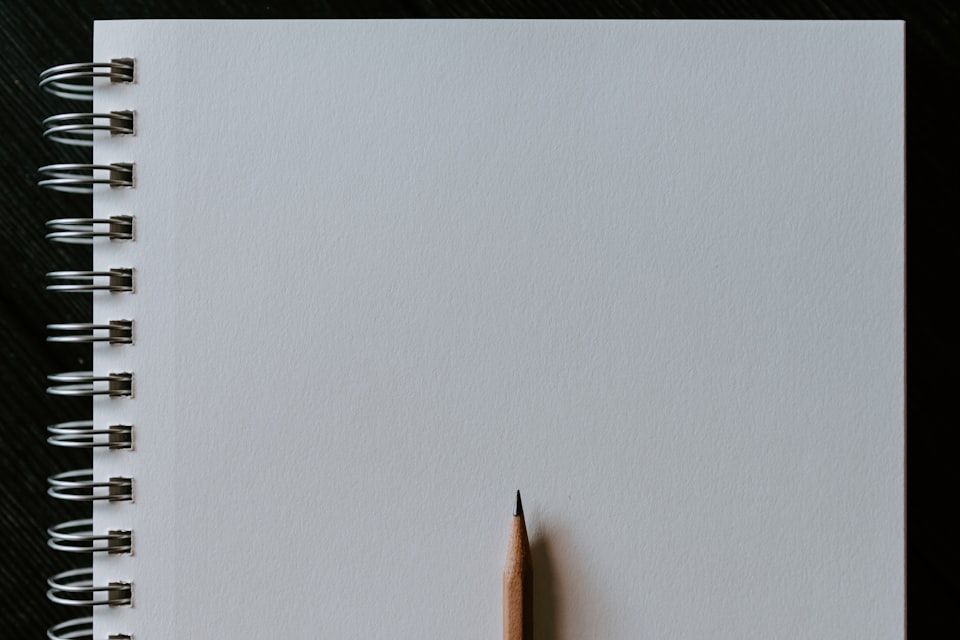
Learning is the process we all go through when encountering something new that we wish to know more about. It's how we gain knowledge, but it's not as simple as pouring facts into our brains, or absorbing words from the pages of a book by resting our head on it. So how do we learn new things - what makes them stick?
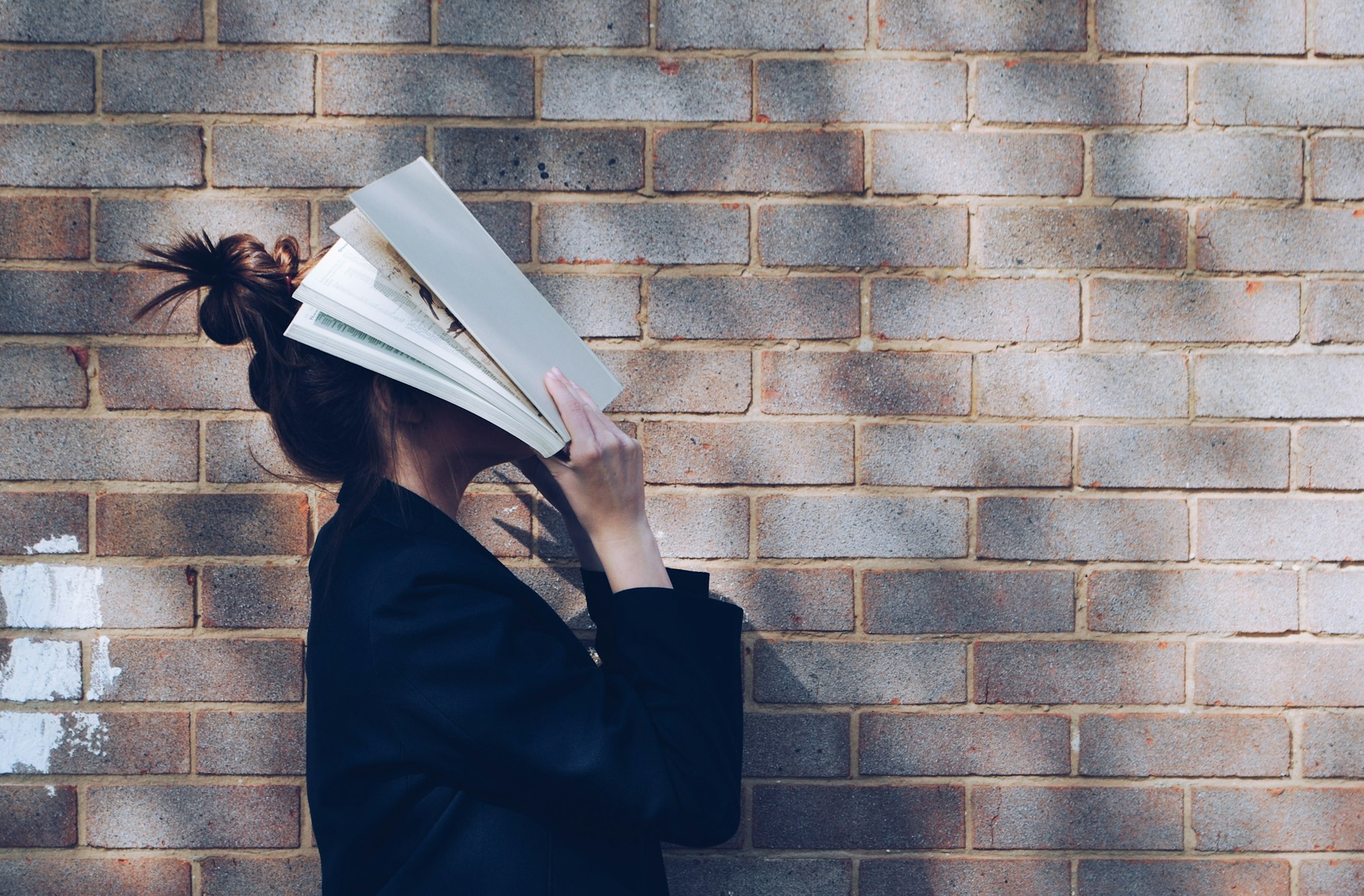
By understanding the learning process and the most effective methods of learning we should be able to quickly become proficient not just in drawing, but other skills as well such as identifying species and asking questions.
Drawing isn't an innate talent we are born with, rather its a skill that can be improved. So if you can't draw, or aren't very good at it, that's because you haven't trained in it. Many people believe they will never be a good artist because they don't have the "gift". This is fixed mindset thinking, however with a growth mindset it is possible to develop into a better artist by putting effort in.
What is learning?
We used to think that learning was just accepting new knowledge, but cognitive psychology studies show this passive method is a very poor way of learning. That's because learning needs to be done by the learner. We actively need to process the information so that it makes sense to us (called meaningful learning, the opposite of rote memorisation).
Learning requires taking some new piece of information and processing it so that it fits in with our prior knowledge. The more connections we can make with what we already know then the more easily we can access this knowledge again (called retrieval) and the longer it will remain in our memory.
Think of it as making a new path - by walking it multiple times the path becomes clearer and more established.
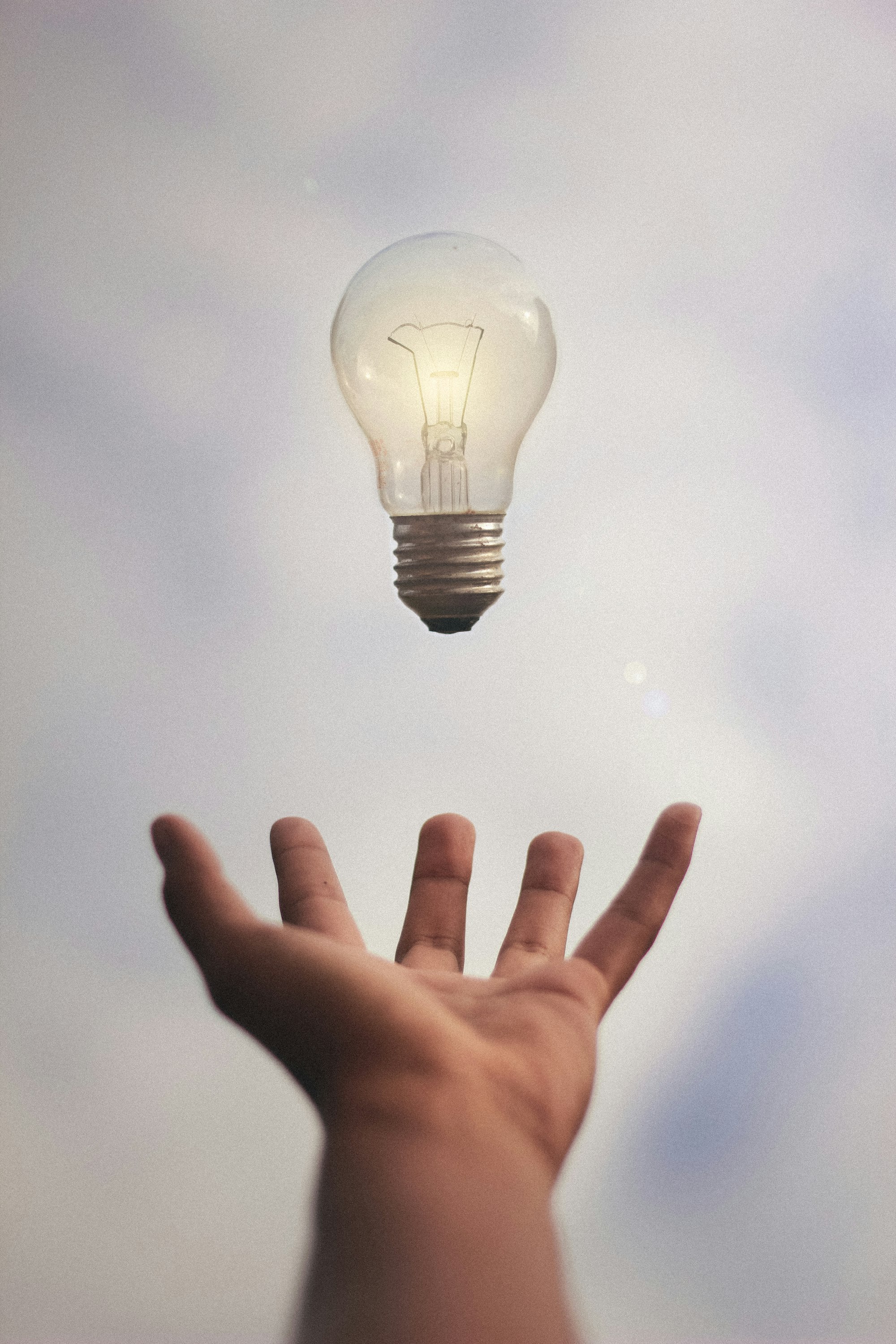
At the beginning the learner is a novice on the scale of ability, with experts on the other end. As learners progress they move up the scale. Since everyone is unique their learning journeys will look different to those from people around them, i.e. some tasks and concepts will be more troublesome for one person than another. Keep in mind that beginners usually face a more difficult learning curve since the amount of knowledge they have yet to learn is still so vast, and with relatively low experience. But with each step the journey becomes easier, so keep at it even if the going is tough at the start.
When learning a new skill such as drawing, both the motor skills (hand-eye coordination and finesse with pressure etc) as well as the mental image of what we are drawing become more refined with each attempt.
Conversely this will lead to better quality as with each session we finetune mistakes, make improvements, become more confident and faster. Focusing on higher quality on the other hand, can stifle the motivation and lead to little improvement in comparison.
Finding a subject that is of interest to the learner will also help, because it becomes more meaningful to them. For example someone interested in landscapes will be more willing to learn perspective from this subject than from buildings.
What does learning look like?
Grasping new concepts and fitting this in with our existing knowledge i.e. making new connections requires effort. Learning is not necessarily easy. It usually takes multiple attempts to grasp a new concept or become familiar with a technique or subject. So should we expect tears of frustration, shouts of "I give up!"? There is in fact a "Goldilocks" (sweet spot) amount of effort to promote the best learning. Let me introduce you to the zone of proximal development (ZPD):
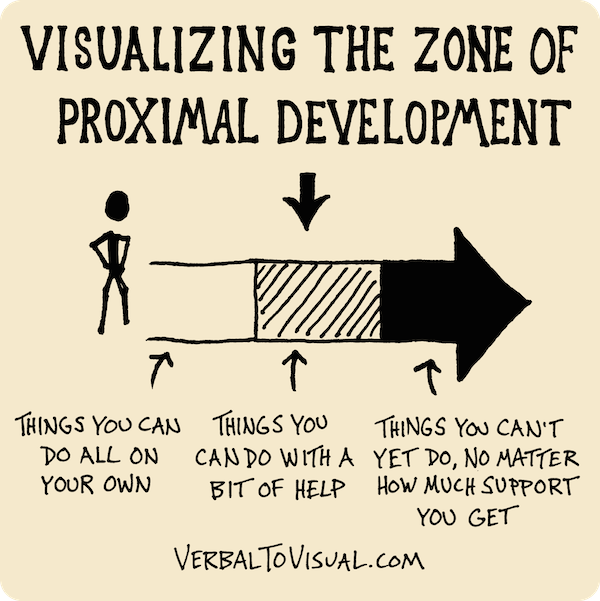
Although it might be easier to stay in the zone of comfort, where you know everything, this is not where you will be learning very much. However being launched into the deep end, i.e. learning something without the necessary support before you're ready will also lead to minimal learning (or even be detrimental).
This is where keeping a sketchbook for studies or 'homework', taking classes or even participating in a challenge will help you keep learning. These activities encourage a certain amount of difficulty but usually are within your control. You will know best how far out of your comfort range is manageable, or can adapt the exercise accordingly.
For some exercises to help you improve your hand-eye coordination and other beginner drawing tips check out my recent video:
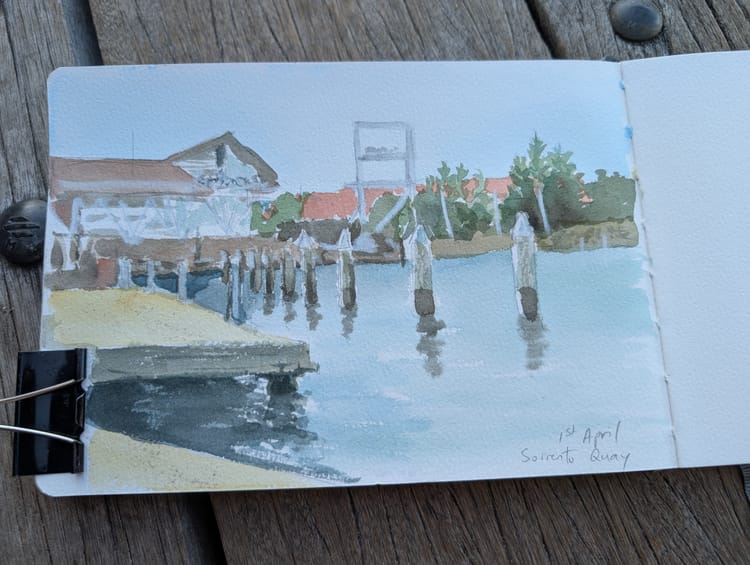
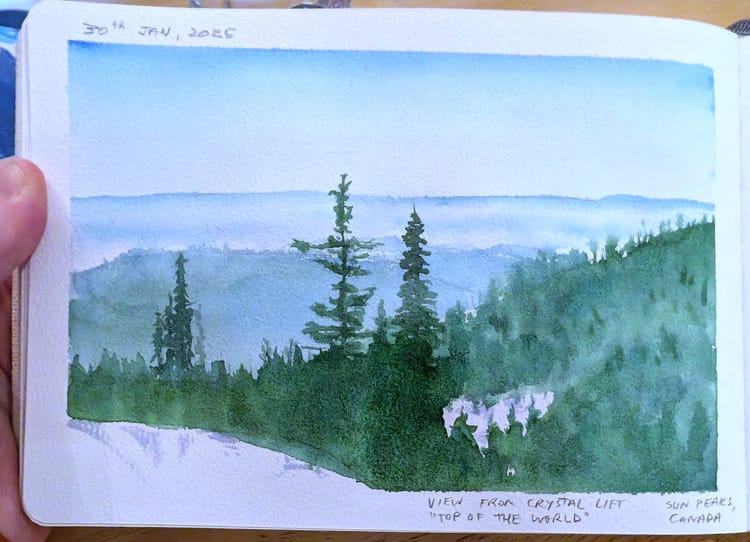
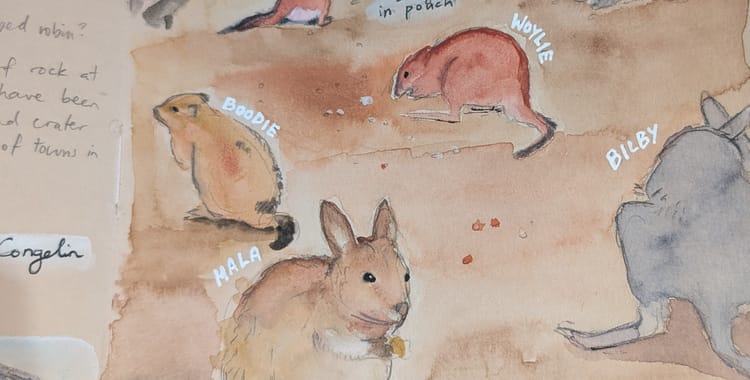
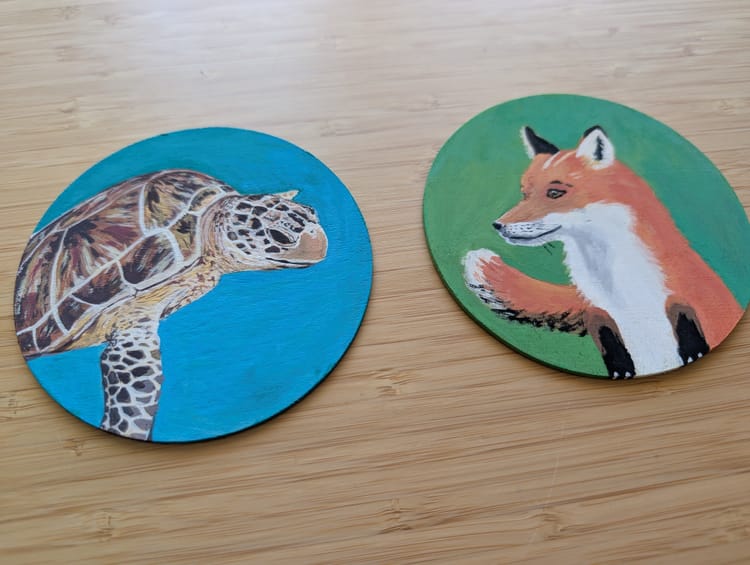
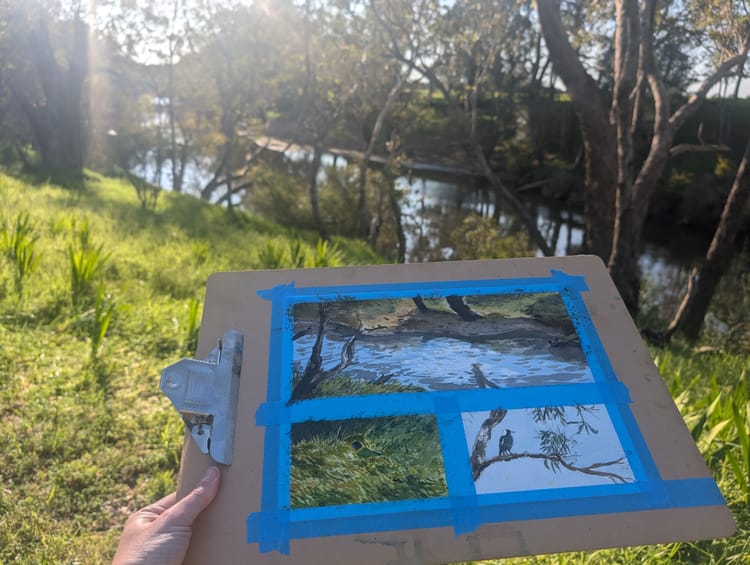
Member discussion